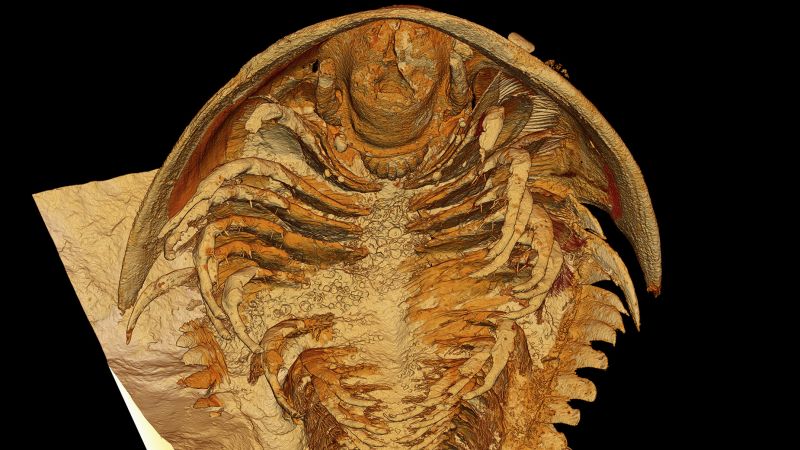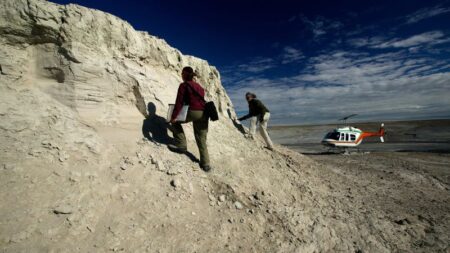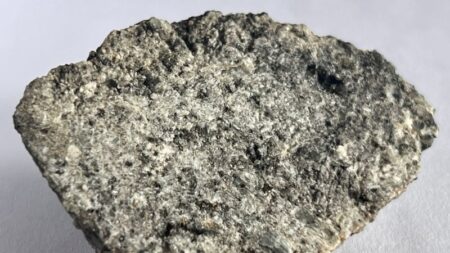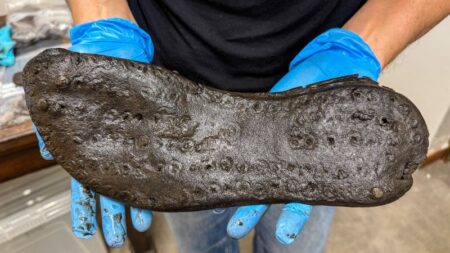An international team of researchers recently made a groundbreaking discovery of exceptionally preserved trilobite fossils in Morocco. The specimens, dating back over 500 million years, were found in volcanic rock formations in the High Atlas mountain range.
Using high-resolution X-ray microtomography, the scientists were able to create detailed 3D models of the trilobites, revealing anatomical features never seen before. The fossils showed impressions of soft tissues, such as gut organs, antennae, and sensory bristles, which are typically not preserved in fossils.
Lead study author Dr. Abderrazak El Albani described the preservation as “incredible,” with the trilobites maintaining their original shapes without distortion. The detailed analysis also showed evidence of ash in the trilobites’ guts, indicating they were suffocated by volcanic ash clouds in seawater during the eruption.
The findings highlight the importance of protecting fossil-rich sites like the Tatelt Formation in Africa. Dr. El Albani stressed the need for conservation efforts to ensure these valuable remnants of Earth’s past remain accessible for future research.
Trilobites were ancient arthropods that once roamed the oceans and evolved into various shapes and sizes before going extinct. The newly discovered fossils included two species never before seen by science.
Dr. Melanie Hopkins, a trilobite expert not involved in the research, emphasized the importance of the new findings for understanding the evolution of arthropods. The detailed preservation of the fossils provides critical insights into the diversity of trilobite species and their interactions with other marine creatures.
The discovery of preserved brachiopods clinging to the face of a trilobite also offered a rare glimpse into ancient marine ecosystems. The researchers hope that further discoveries in Morocco will shed more light on the life history and evolution of these fascinating creatures from the distant past.










